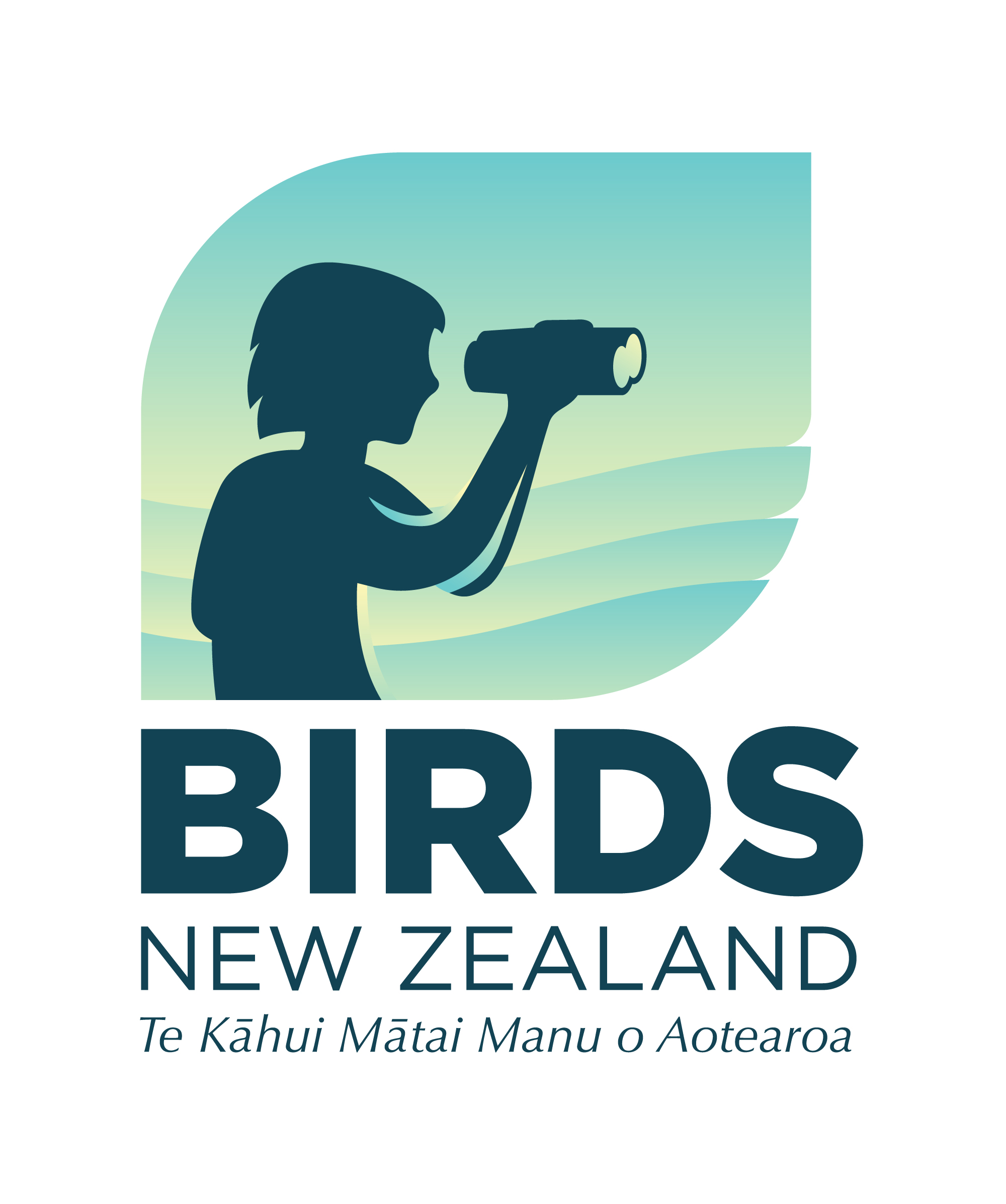Notornis, 69 (4), 256-263
Article Type: Paper
Abstract: Male and female adult Floreana mockingbird (Mimus trifasciatus) have monomorphic plumage features that make them impossible to sex in the field. In this study, we use discriminant function analysis (DFA), a widely used technique, to assess the best measures to determine sex. We measured six morphological characteristics (mass, beak depth, beak width, tarsus length, wing length, and head-beak length) for birds of known sex (determined by molecular techniques) from the two extant populations of M. trifasciatus on Champion and Gardner islets, within the Galápagos archipelago. Using a coefficient of sexual dimorphism, we found that males are significantly larger than females in three of the variables. Discriminant functions using wing length and a combination of wing length + mass, and wing length + tarsus length could classify birds with a 98% level of accuracy. Furthermore, we were able to estimate a robust cut-off point to determine the sex of individuals in the field through a decision tree, using only wing length as morphological variable. Fast and accurate sexing of the bird based on one variable will reduce handling times and minimise stress for captured birds.
